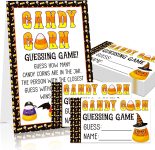
Best Guess How Many Candies Halloween Game – Review Halloween Games – Oemiu
Best Guess: Unveiling the Spooky Fun of Halloween Games
Halloween, a season synonymous with spooky costumes, eerie decorations, and of course, mountains of candy, offers a unique opportunity for festive gatherings and playful competitions. Among the plethora of Halloween-themed activities, the “Guess How Many Candies” game stands out for its simplicity, universal appeal, and inherent fun. But beyond the basic premise of estimation lies a world of variations, strategies, and opportunities to elevate this classic pastime into a memorable highlight of your Halloween celebration. This review delves into the nuances of this timeless game, explores different approaches to playing, examines ways to enhance the experience, and discusses why it remains a cherished tradition for Halloween enthusiasts of all ages. We will also explore how this game, along with other Halloween party games, can contribute to a more engaging and enjoyable Halloween experience. Whether you’re planning a small family gathering or a large neighborhood bash, the “Guess How Many Candies” game offers a delightful blend of competition, anticipation, and sugary rewards.
The Allure of Candy Counting: Why It Endures
The “Guess How Many Candies” game isn’t just about blind guessing; it’s a fascinating blend of psychology, mathematics (albeit basic), and a little bit of luck. Its enduring appeal lies in its accessibility. Anyone can play, regardless of age or skill level. No special equipment is needed beyond a jar, some candy, and a way to record guesses. This inherent simplicity makes it a perfect icebreaker and a fantastic activity to engage guests of diverse backgrounds. It taps into our innate human curiosity and desire to solve puzzles. People are naturally drawn to challenges, and estimating the number of candies requires a combination of visual assessment, proportional reasoning, and perhaps even a touch of statistical thinking. The anticipation builds as participants contemplate their guesses, vying for the chance to win the coveted prize. The allure of candy itself is undeniable. Halloween is, after all, a holiday centered around the consumption of sugary treats. The opportunity to win a jar full of candy is a powerful motivator, particularly for children (and many adults!). This game adds an element of excitement and reward to the Halloween experience, making it more memorable and enjoyable for everyone involved. Furthermore, the game can be adapted to suit different age groups and skill levels. For younger children, you might use larger candies or smaller jars to make the estimation process easier. For older participants, you could introduce more complex variations, such as providing hints or using irregularly shaped containers. This adaptability ensures that the game remains engaging and challenging for everyone. It’s also a very cost-effective option for Halloween entertainment, compared to some of the more elaborate Halloween-themed games or activities. You can use leftover candy from previous years or purchase a bulk bag of inexpensive treats.
Strategies for Success: Beyond Blind Guesswork
While luck undoubtedly plays a role in the “Guess How Many Candies” game, certain strategies can significantly improve your chances of winning. One of the most effective techniques is visual estimation. Instead of simply staring at the jar and pulling a number out of thin air, try to mentally divide the jar into sections. Estimate the number of candies in one section, and then multiply that number by the total number of sections. This approach provides a more structured and systematic way to arrive at a reasonable guess. Consider the size and shape of the candies. Are they small and tightly packed, or are they larger and more loosely arranged? This will impact the overall density of the candy within the jar. Also, pay attention to the shape of the jar. A cylindrical jar will be easier to estimate than an irregularly shaped one. Take into account the gaps and empty spaces within the jar. There will inevitably be some air pockets between the candies, and failing to account for these spaces will lead to an overestimation. If possible, get a closer look at the jar. Observe the arrangement of the candies, the color distribution, and any other visual cues that might help you refine your guess. However, avoid touching or shaking the jar, as this could be considered cheating! Look at the historical data, if available. If this is a recurring game, try to remember previous winning guesses and the corresponding jar sizes and candy types. This can provide valuable insights and help you calibrate your estimation skills. Remember, the key is to avoid making impulsive guesses and to approach the challenge with a combination of observation, reasoning, and a little bit of strategic thinking. Many players enjoy making it part of a group of Halloween-themed games they play during parties.
Elevating the Experience: Variations and Enhancements to Halloween Games
To make the “Guess How Many Candies” game even more exciting and engaging, consider incorporating some creative variations and enhancements. Instead of using a standard jar, opt for a more creative container that fits the Halloween theme. A pumpkin-shaped bucket, a witch’s cauldron, or a spooky skull-shaped jar can add a festive touch and make the game more visually appealing. Choose candies that are relevant to Halloween, such as candy corn, chocolate eyeballs, or gummy worms. This adds to the thematic consistency and makes the prize even more desirable. For example, a Halloween scavenger hunt, or a pumpkin carving competition can be combined with the Candy Guessing game. Introduce a system of hints or clues to help participants refine their guesses. You could provide information about the volume of the jar, the average size of the candies, or a range within which the correct answer falls. This adds an element of challenge and encourages strategic thinking.
| Enhancement | Description | Benefits |
|---|---|---|
| Themed Container | Using a Halloween-themed container (e.g., pumpkin, cauldron) instead of a plain jar. | Adds visual appeal, enhances the festive atmosphere, and makes the game more engaging. |
| Halloween Candies | Using Halloween-themed candies (e.g., candy corn, gummy worms) instead of generic candies. | Increases thematic consistency, makes the prize more desirable, and adds a touch of novelty. |
| Hints and Clues | Providing hints about the jar volume, candy size, or a range for the answer. | Adds a challenge, encourages strategic thinking, and helps participants refine their guesses. |
| Tiered Prizes | Offering multiple prizes for the closest guesses (e.g., 1st, 2nd, 3rd place). | Increases motivation, rewards more participants, and creates a more competitive environment. |
| Blind Guessing | Players are blindfolded before guessing. | Increases the level of difficulty, encourages creative strategies and listening skills. |
Offer tiered prizes for the closest guesses. Instead of just awarding the entire jar of candy to the person with the exact correct answer, consider offering smaller prizes for the second and third closest guesses. This increases motivation and rewards more participants. Implement a time limit for guessing. This adds an element of urgency and prevents participants from spending too much time analyzing the jar. Allow participants to purchase extra guesses for a small fee (e.g., a dollar or two). This can be a fun way to raise money for a charity or a school fundraiser. Create a leaderboard to track the guesses and display the current standings. This adds a competitive element and encourages participants to try their best. Don’t forget to document the event! Take photos or videos of the participants as they make their guesses. This will create lasting memories and allow you to share the fun with others. Consider combining it with Halloween themed trivia, or other party games for Halloween. These enhancements can transform a simple candy-guessing game into a memorable and engaging Halloween activity that everyone will enjoy.
Beyond the Candy: The Social Benefits of Halloween Games
While the primary focus of the “Guess How Many Candies” game is undoubtedly the competition and the potential reward, it’s important to recognize the significant social benefits it provides. These benefits extend far beyond the simple enjoyment of playing a game and contribute to a more cohesive and positive social environment, especially during a holiday centered around community and togetherness. The game serves as an excellent icebreaker, encouraging interaction and conversation among participants, especially if they don’t know each other well. The shared activity provides a common ground and sparks discussions about estimation strategies, past experiences, and general Halloween-related topics. This can be particularly valuable in social settings where people might feel hesitant to initiate conversations. It promotes a sense of community and shared experience. By participating in a common activity, individuals feel more connected to each other and to the overall event. This sense of belonging is particularly important during holidays, when people often seek out opportunities to connect with family, friends, and neighbors. It encourages friendly competition and sportsmanship. While the goal is to win, the game is ultimately about having fun and enjoying the company of others. Participants learn to compete fairly, to accept both victories and defeats gracefully, and to appreciate the efforts of their fellow players. It provides an opportunity for intergenerational interaction. The game can be enjoyed by people of all ages, making it a perfect activity for families and multi-generational gatherings. Children can learn from the experience and insights of older participants, while adults can rediscover the simple joys of childhood games. It fosters creativity and problem-solving skills. The game encourages participants to think creatively about how to estimate the number of candies and to develop strategies for improving their chances of winning. This can be a valuable learning experience, particularly for children, as it helps them develop their critical thinking and problem-solving abilities. It adds to the overall festive atmosphere. The game is a fun and engaging activity that contributes to the overall excitement and enjoyment of the Halloween celebration. It provides a welcome break from the more traditional aspects of the holiday, such as trick-or-treating and costume parties, and adds a unique element to the festivities. The game provides a framework for incorporating Halloween minute to win it games, thus making a longer period of entertainment for the party goers.
Judging Fairness and Avoiding Disputes in Halloween Games
To ensure that the “Guess How Many Candies” game remains a fun and enjoyable experience for everyone, it’s crucial to establish clear rules and guidelines beforehand and to address any potential disputes fairly and impartially. This proactive approach can prevent misunderstandings and maintain a positive and harmonious atmosphere throughout the event. Firstly, the rules for the game should be clearly communicated to all participants before they start guessing. This includes specifying whether guesses must be exact or if the closest guess wins, whether there are any penalties for overestimating, and any other relevant details. The method for determining the correct answer should be transparent and verifiable. Ideally, the candies should be counted in front of witnesses, or a sealed bag of the same candies along with a weight measurement can be kept for verification. This prevents any accusations of manipulation or unfairness. Have a predetermined process for resolving disputes. If two or more participants submit the same guess, or if there’s a disagreement about the interpretation of the rules, have a clear procedure for resolving the issue. This could involve a tie-breaker round, a coin toss, or consulting a neutral third party. Designate a responsible person to oversee the game and to act as the final authority on any disputes. This person should be fair, impartial, and knowledgeable about the rules of the game. Their role is to ensure that the game is played fairly and that any disputes are resolved in a timely and efficient manner. Clearly state whether or not contestants can use tools, such as scales, or take notes during a certain amount of time prior to the game. Be mindful of accessibility. Ensure that the game is accessible to participants of all ages and abilities. For example, provide a magnifying glass for those with impaired vision, or allow participants to submit their guesses verbally if they have difficulty writing. Document the guesses submitted by each participant. This creates a record of the guesses and prevents any potential disputes about who submitted which number. Keep a record of the actual amount of candies to compare after the competition is over. Be prepared to address any complaints or concerns promptly and professionally. Listen carefully to the concerns of the participants, investigate the situation thoroughly, and provide a fair and reasonable resolution.
Frequently Asked Questions (FAQ)
What is the best way to prepare for hosting a “Guess How Many Candies” game?
Preparing for a “Guess How Many Candies” game involves several key steps. First, choose an appropriate container – a jar, a bowl, or even a themed container like a pumpkin – that is visually appealing and suitable for the number of candies you plan to use. Next, select your candy. Consider a variety of colors and shapes to make the guessing more challenging and visually interesting. Count the candies carefully and keep the number secret. Prepare guess slips or a whiteboard for participants to write their guesses. Finally, decide on a prize that is attractive to your audience, whether it’s the entire jar of candy or a smaller gift certificate. Ensure all rules are clear to avoid confusion during the game.
How can I make the “Guess How Many Candies” game more challenging?
There are several ways to increase the difficulty of the “Guess How Many Candies” game. Use a uniquely shaped container that is difficult to estimate visually. Mix different sizes and shapes of candies to make it harder to judge the overall volume. Offer limited viewing time or restrict how closely participants can examine the jar. Provide vague or misleading clues to throw them off. Increase the total number of candies significantly, making it more daunting to estimate. Another option is to use non-uniform candy sizes, like individually wrapped candies, as these will create more gaps and less predictability in volume.
Are there any ethical considerations when playing the “Guess How Many Candies” game?
Yes, fairness and transparency are paramount. Ensure the candy count is accurate and verifiable. Communicate the rules clearly to all participants beforehand. Avoid giving preferential treatment or hints to any individual. Be transparent about how the winner will be determined, especially in the case of a tie. Respect the guesses of all participants and avoid making fun of incorrect answers. It’s also important to consider any dietary restrictions or allergies when selecting the candy, offering alternative prizes if necessary.
What are some variations of the “Guess How Many Candies” game?
Many variations exist to keep the game fresh and exciting. “Guess the Weight” involves estimating the total weight of the candy. “Guess the Price” requires participants to estimate the retail value of the candies. “Guess the Volume” challenges players to estimate the total volume occupied by the candy. “Guess the Brand” tasks participants with identifying the different brands of candy in the jar. “Guess the Number of Each Kind” requires guessing the number of each different candy. Consider a “blind taste test” variation. These twists can add complexity and cater to different skill sets.
How do I handle ties in the “Guess How Many Candies” game?
Handling ties fairly is essential for maintaining a positive atmosphere. Common methods include a tie-breaker question, such as “How many red candies are there?” Another option is a coin toss. You could also consider splitting the prize between the tied participants. If the prize is substantial, organize a sudden death round where tied participants submit a new, secret guess based on a slight modification to the contents, such as adding or removing a small quantity of candies. Clearly announce the tie-breaking method before the game begins to avoid any disputes.
Can the “Guess How Many Candies” game be used for fundraising?
Absolutely! The “Guess How Many Candies” game is a great way to raise funds. Charge a small fee per guess, with the proceeds going to your chosen cause. Offer tiered pricing, such as discounts for multiple guesses. Promote the game widely through social media and community events. Partner with local businesses to sponsor the game and provide additional prizes. Make sure to clearly communicate where the funds are going and how they will be used. Keep the game engaging and inclusive to encourage more participation and maximize fundraising potential.
What types of prizes are appropriate for a “Guess How Many Candies” game?
How can I choose a prize that appeals to the audience?
Prizes should be engaging and suited to your audience. The entire jar of candy is a classic choice, especially for children. Gift certificates to local businesses are popular with adults. Themed prize baskets related to Halloween or the organization hosting the game are also a great option. For children, consider toys, books, or activity kits. For adults, consider gourmet food items, wine, or spa treatments. Consider the age and interests of your target audience when selecting the prize. Make sure the prize has a good perceived value in relation to the cost of entry.
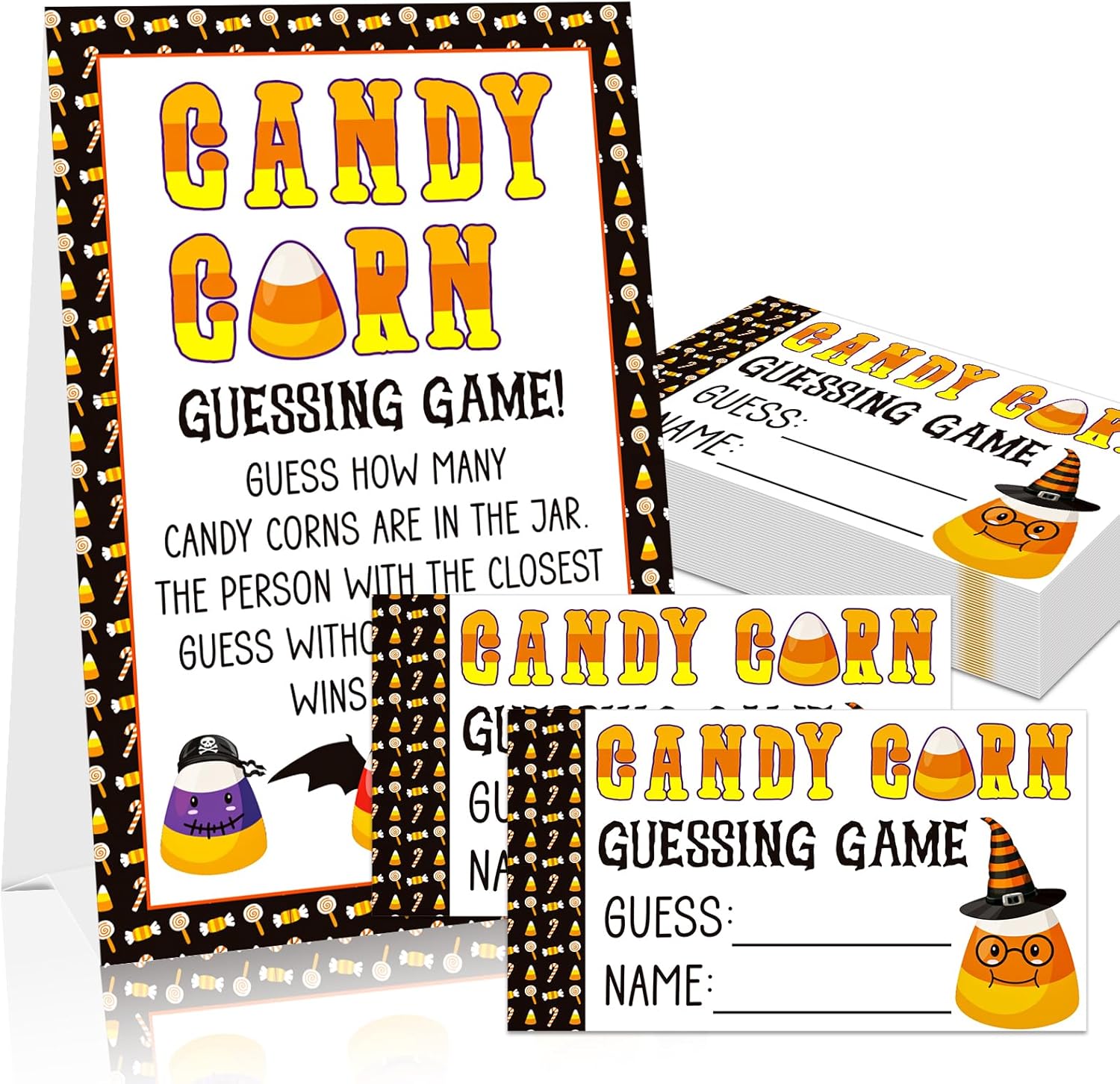
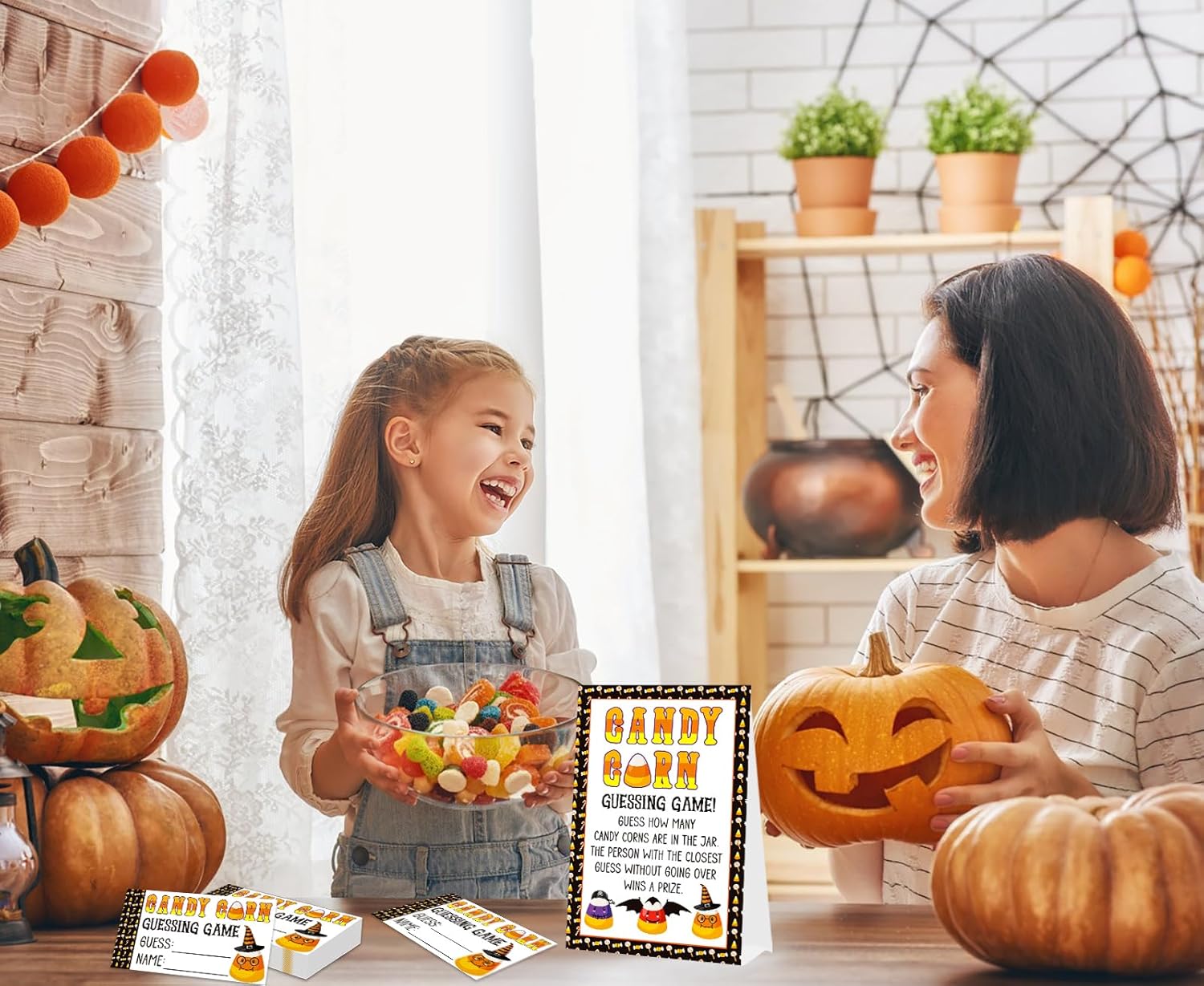
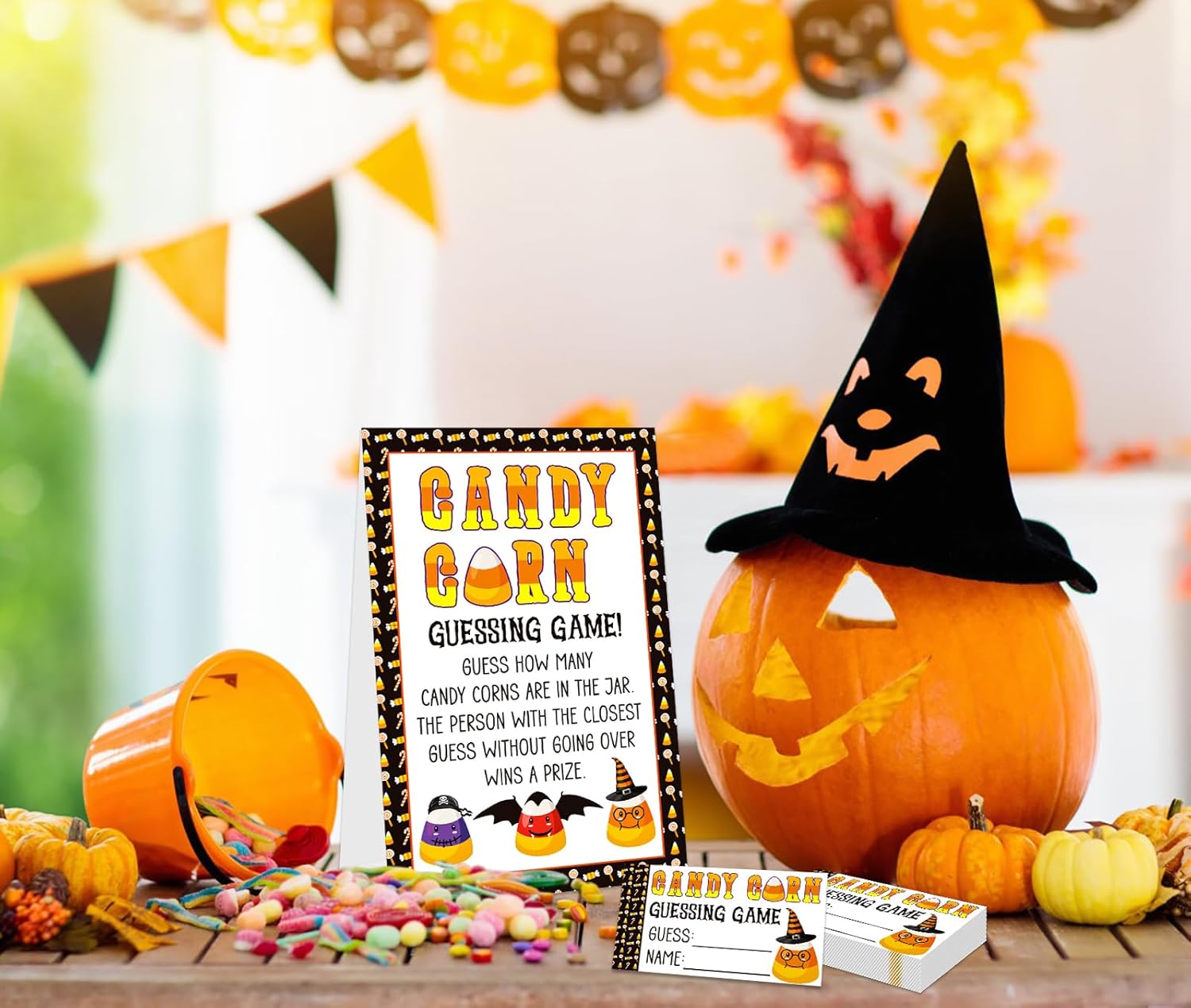
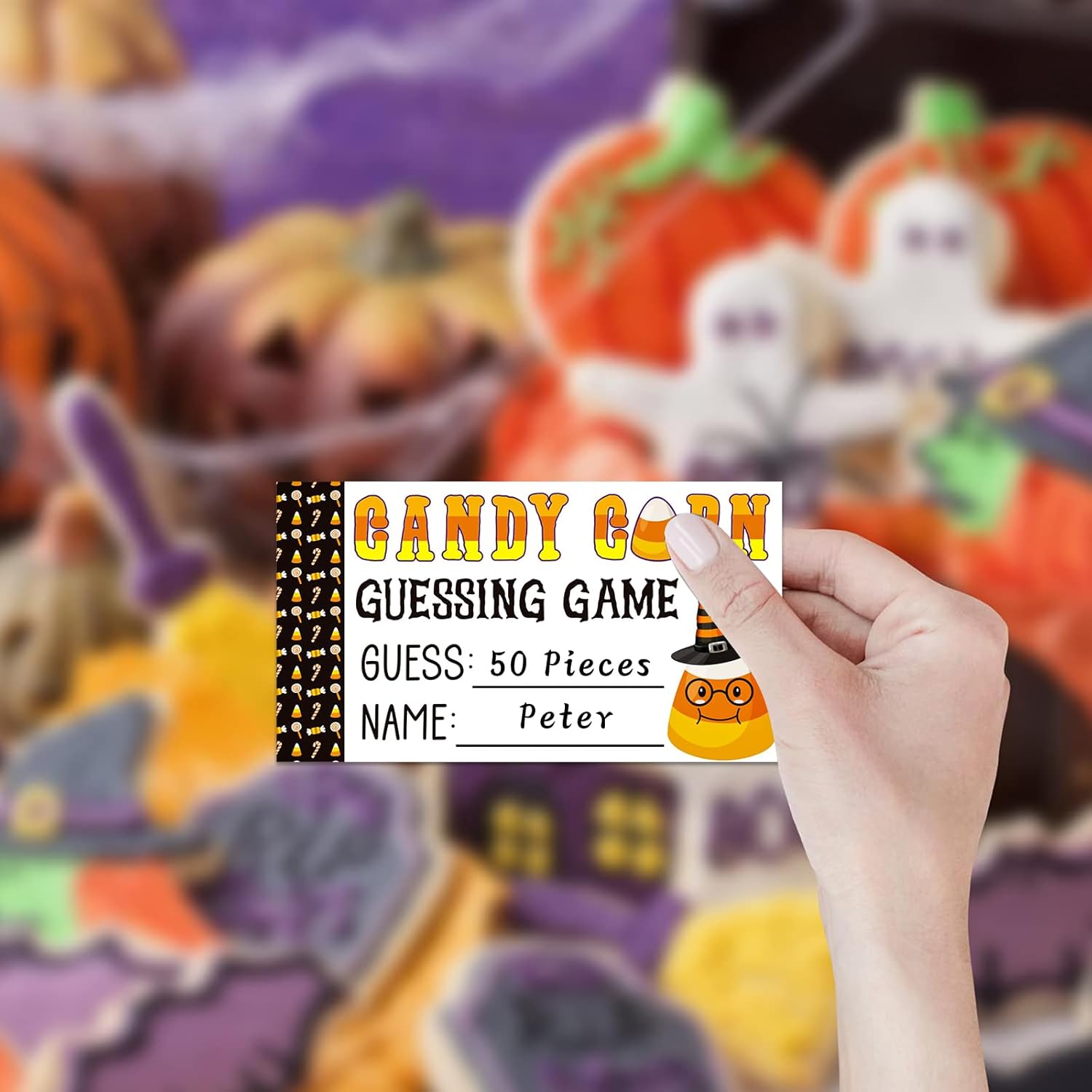
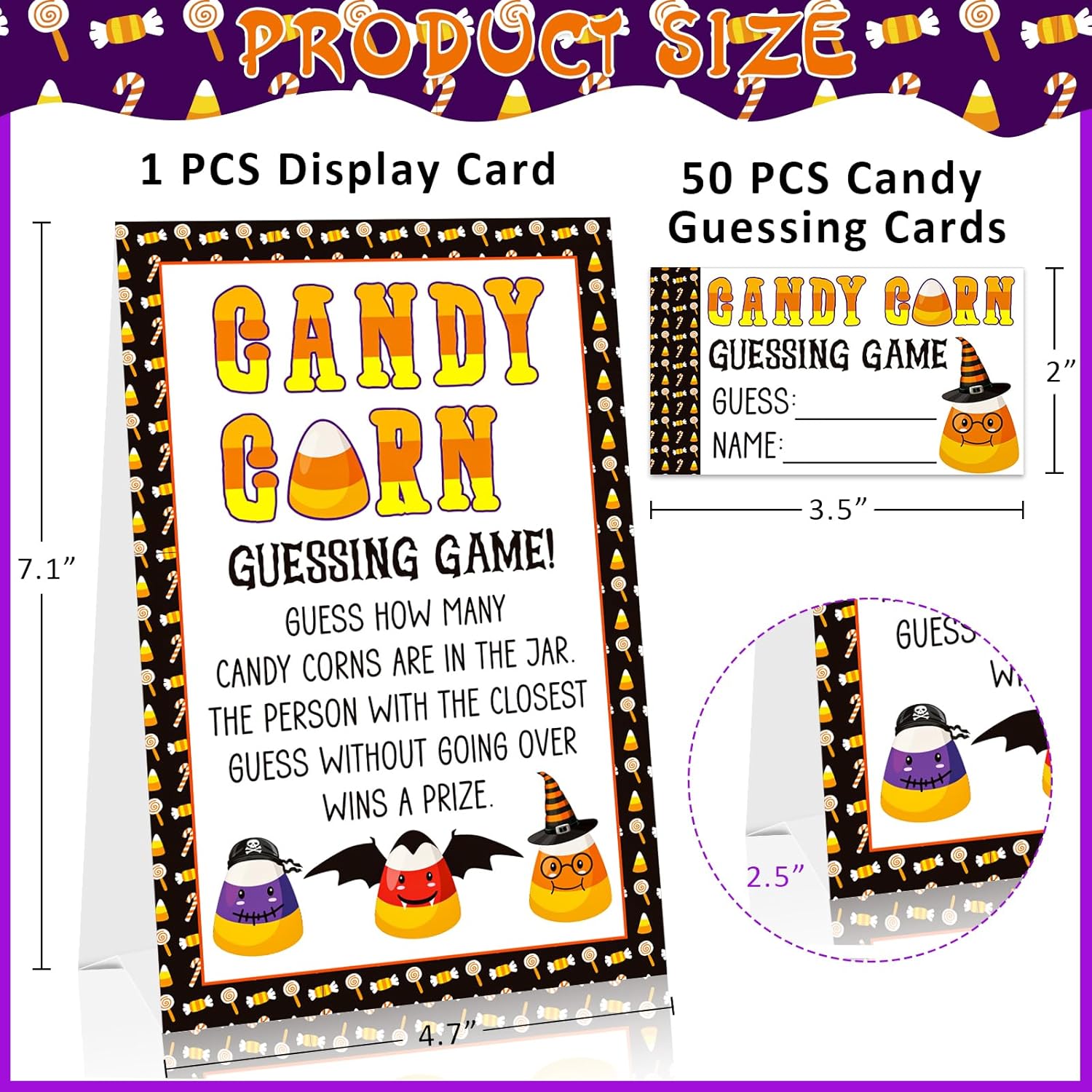
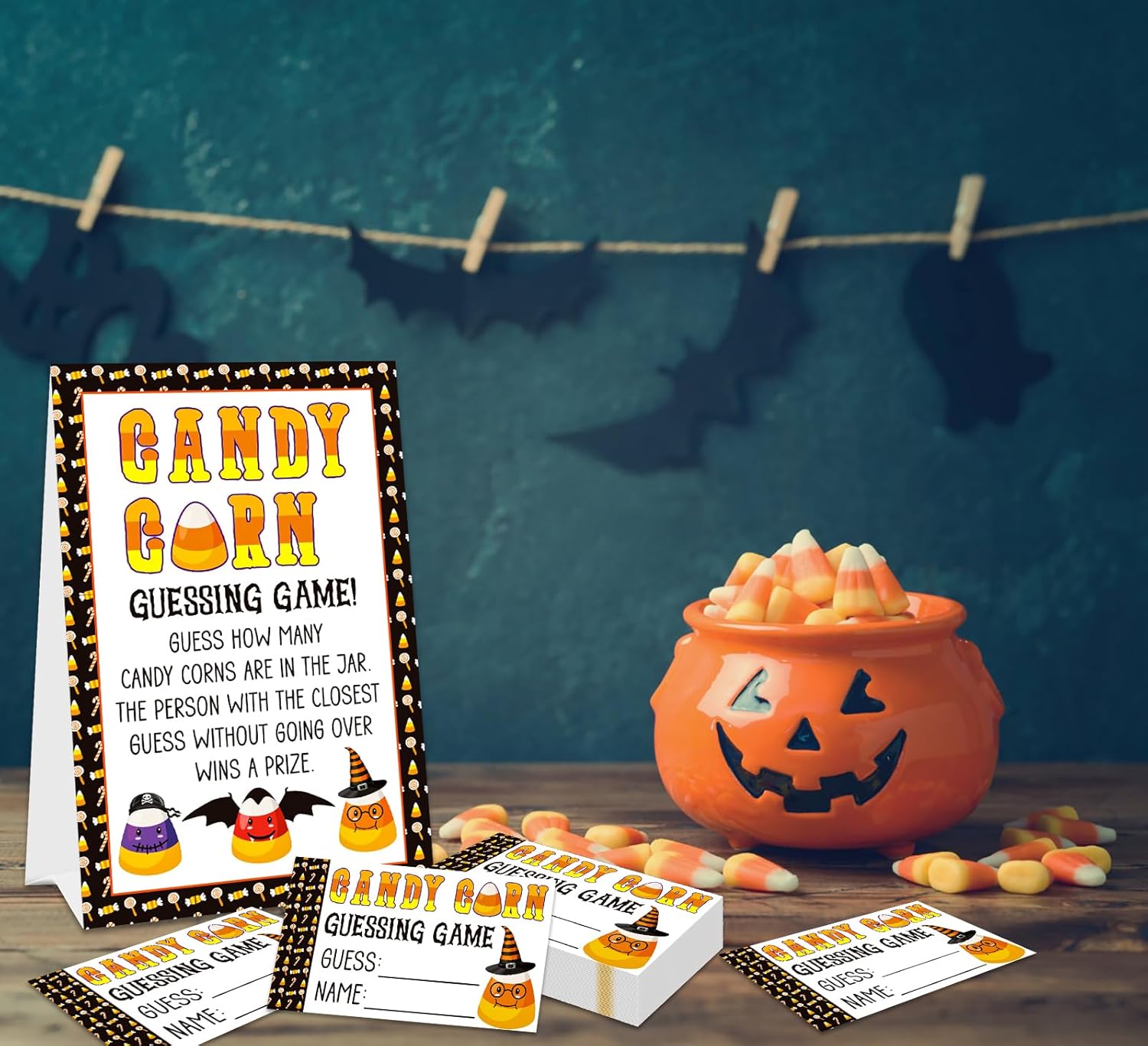
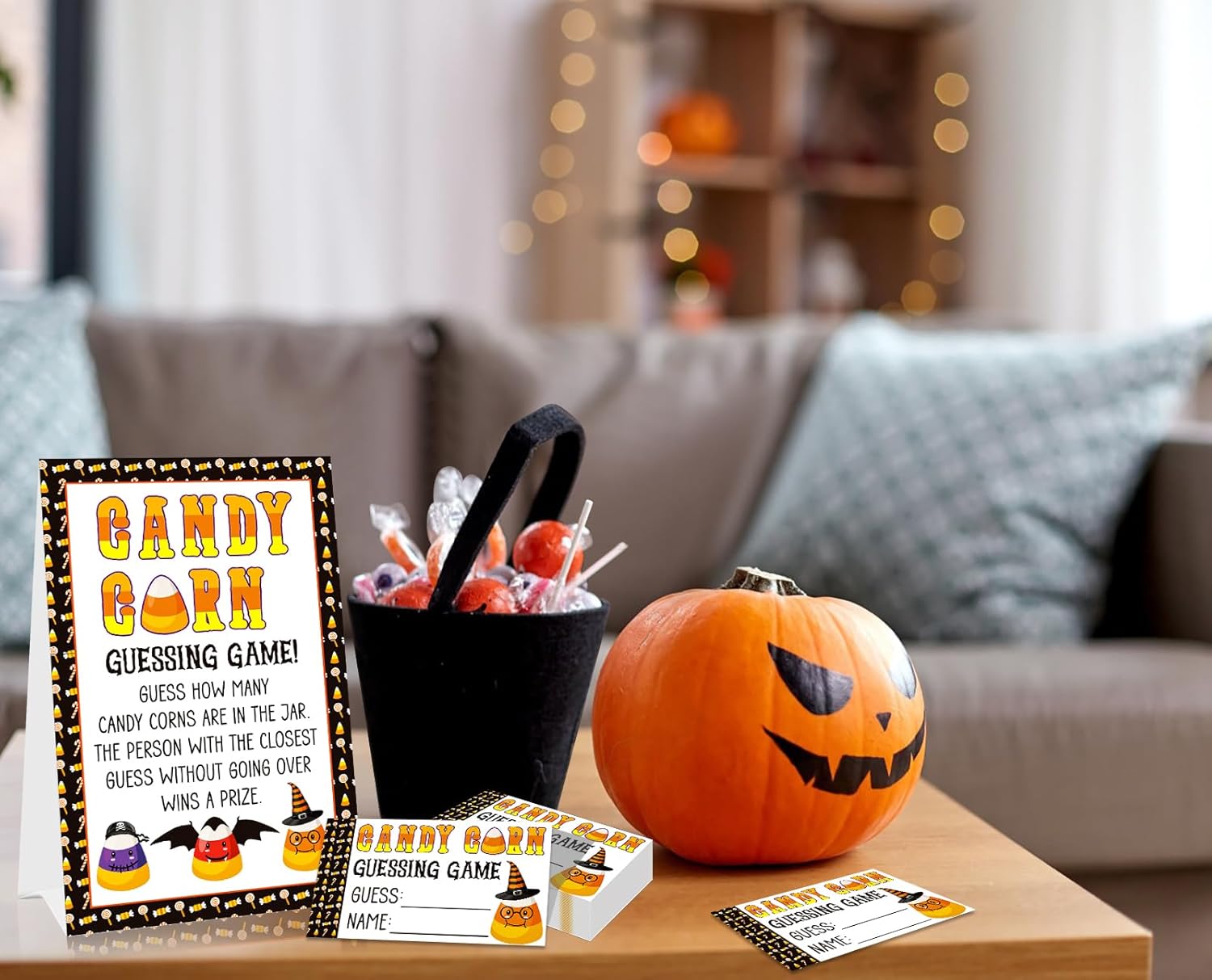
Price: $9.99 - $5.99
(as of Sep 12, 2025 01:26:18 UTC – Details)




